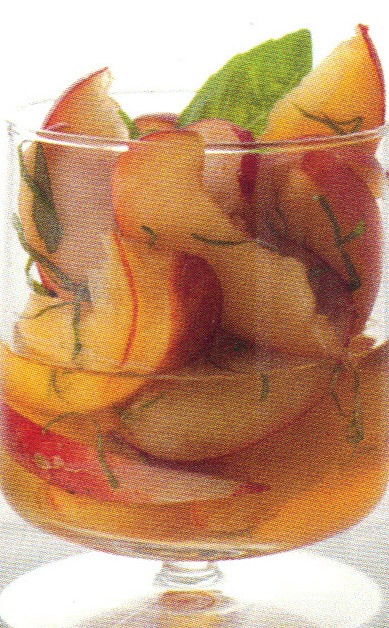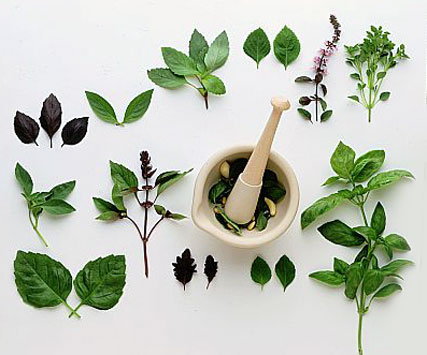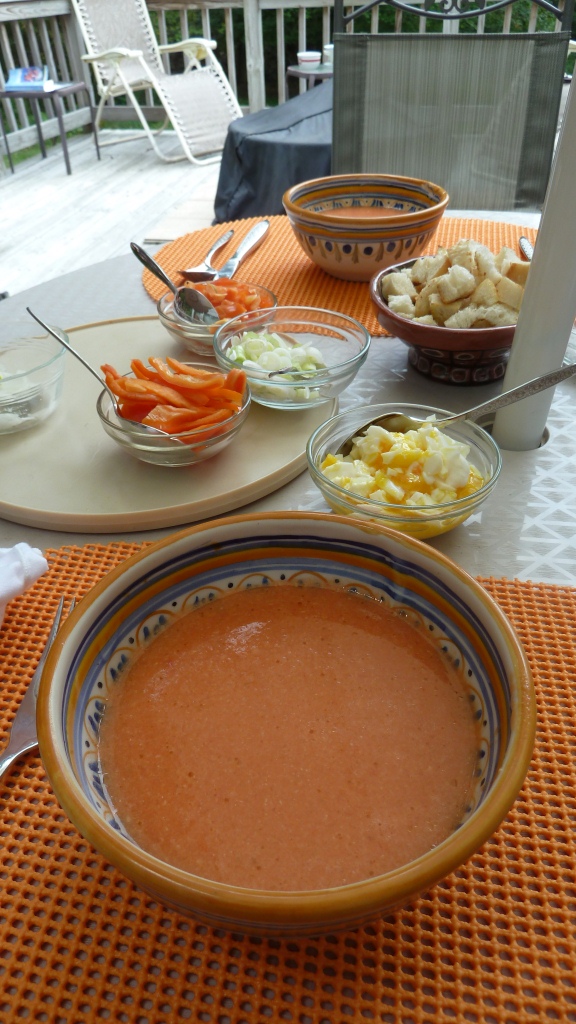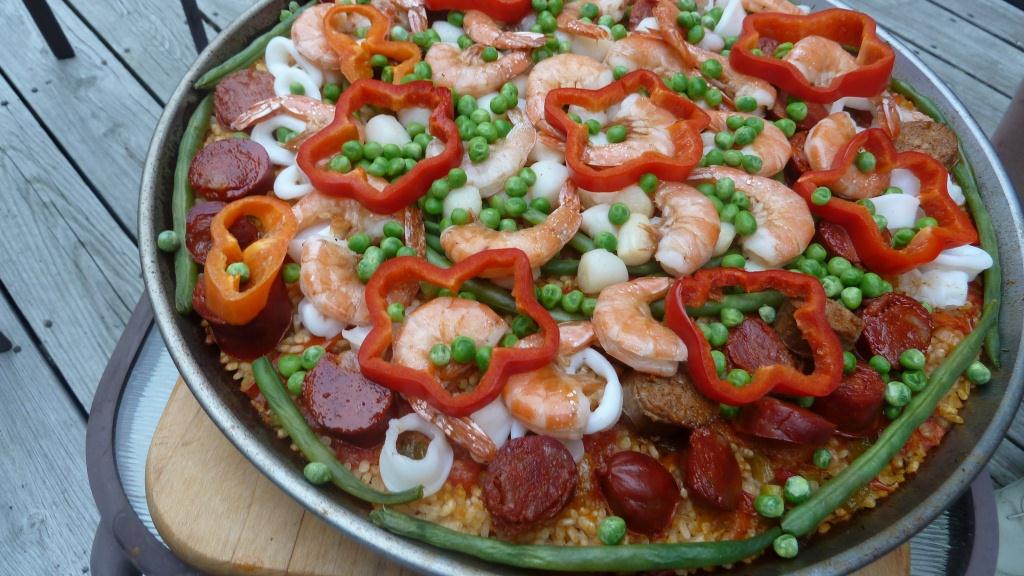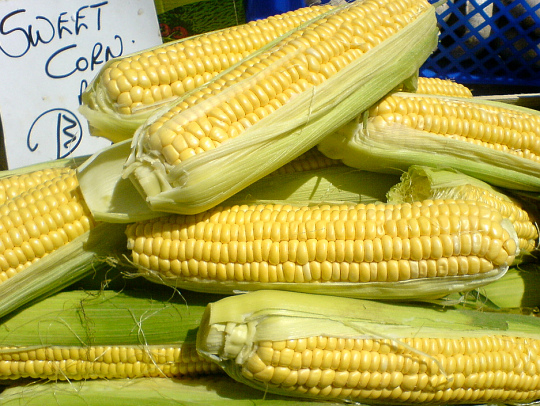 Something's in the air. Perhaps a whiff of French cooking. This month's issue of Food & Wine magazine is devoted to the new French Classics and the New York Times' food section featured the cookbook "La Cuisine de la Republique" with recipes from members of the French National Assembly. The book, authored by deputy Francoise Branget from the center-right of Sarkozy's party, was the finishing touch, or celebration really, of her campaign to unite the Left and Right in a national cause: the promotion of French gastronomy. And I quote (from the article by Elaine Sciolino), "Food is so much a part of France's identity that the government led a successful campaign last year to win United Nations recognition of the French meal as a national treasure." Can Italy be far behind?
That said, many years ago I wrote an article called "So What's a French Restaurant, Anyway" for the Daily News. I will try to locate it but I remember how the semaphores of French cuisine were slowly vaporizing like the molecules of a slowly simmering stock. And yet today, there is a trickle of French-i-ness afoot. The prototypical La Mangeoire, under the direction of 4-star cooking maestro Christian Delouvrier has just received a face lift, as has the four-star Le Bernardin, now designed by Bentel & Bentel. The original look by uber-designer Phil George, certainly stood the test of time and helped create the ambiance that became part of the restaurant's gestalt. I understand Mr. George just dined at Le Bernardin and gave a nod of approval to the new surroundings. He also said the food was very, very good, indeed.
Something's in the air. Perhaps a whiff of French cooking. This month's issue of Food & Wine magazine is devoted to the new French Classics and the New York Times' food section featured the cookbook "La Cuisine de la Republique" with recipes from members of the French National Assembly. The book, authored by deputy Francoise Branget from the center-right of Sarkozy's party, was the finishing touch, or celebration really, of her campaign to unite the Left and Right in a national cause: the promotion of French gastronomy. And I quote (from the article by Elaine Sciolino), "Food is so much a part of France's identity that the government led a successful campaign last year to win United Nations recognition of the French meal as a national treasure." Can Italy be far behind?
That said, many years ago I wrote an article called "So What's a French Restaurant, Anyway" for the Daily News. I will try to locate it but I remember how the semaphores of French cuisine were slowly vaporizing like the molecules of a slowly simmering stock. And yet today, there is a trickle of French-i-ness afoot. The prototypical La Mangeoire, under the direction of 4-star cooking maestro Christian Delouvrier has just received a face lift, as has the four-star Le Bernardin, now designed by Bentel & Bentel. The original look by uber-designer Phil George, certainly stood the test of time and helped create the ambiance that became part of the restaurant's gestalt. I understand Mr. George just dined at Le Bernardin and gave a nod of approval to the new surroundings. He also said the food was very, very good, indeed.
Not long ago, we had the pleasure of dining at La Mangeoire and were greeted by a gentler, happier chef who no longer had to live up the exalted expectations of four-star dining. We were so pleased to eat mussels, great frites, and calves liver and be enchanted by chocolate mousse. Nowadays, I see the "comeback crepe," and on a bus, just today, passed by the ancient Les Sans Culottes from New York's theatre district, now on the East side. I never imagined the simple French concept could sustain itself all these years.
Although the "La Cuisine de la Republique" features some pretty remote recipes from little-known regions and lesser-known food stuffs (hare, pork head, and potatoes on a slice of pig skin), the sentiment that should unite our countries is sound. "It is our national responsibility to cook and to eat well." Viva la France.
To that end, I suggest you try my Almost-Confit Chicken from Radically Simple, or this radically simple cake "Gateau Creusois" from the New York Times. I will be making it this weekend. Might be nice with a pile of fresh raspberries or thinly sliced plums or peaches from the farmer's market. Not bad with a glass of cassis. Bon chance and bon appetit.
Gateau Creusois (adapted from Jean Auclais' in "La Cusine de la Republique and from the New York Times, 9/14/11)
1/4 cup all-purpose flour, plus more for flouring pan 1/2 cup confectioners sugar, plus more as needed pinch of salt 1/3 cup finely ground hazelnuts 3 large egg whites 3 tablespoons butter, melted and cooled oil for greasing pan
Preheat oven to 350 degrees. Oil an 8-inch cake pan and dust with flour. In a medium bowl, sift together 1/4 cup flour, 1/2 cup confectioners sugar and salt. Add hazelnuts and mix well. Using a mixer, whisk the egg whites until they form stiff peaks; do not overbeat. Pour the sifted mixture evenly over the egg whites. Using a rubber spatula, gently fold together once or twice. Add the butter and continue to fold until just blended. Scrape into the cake pan and smooth the surface. Bake until light golden, about 18 to 20 minutes. Remove from heat and cool 10 minutes, then transfer cake from pan to a rack to finish cooling. Before serving, sift confectioners sugar on top. Serves 6
